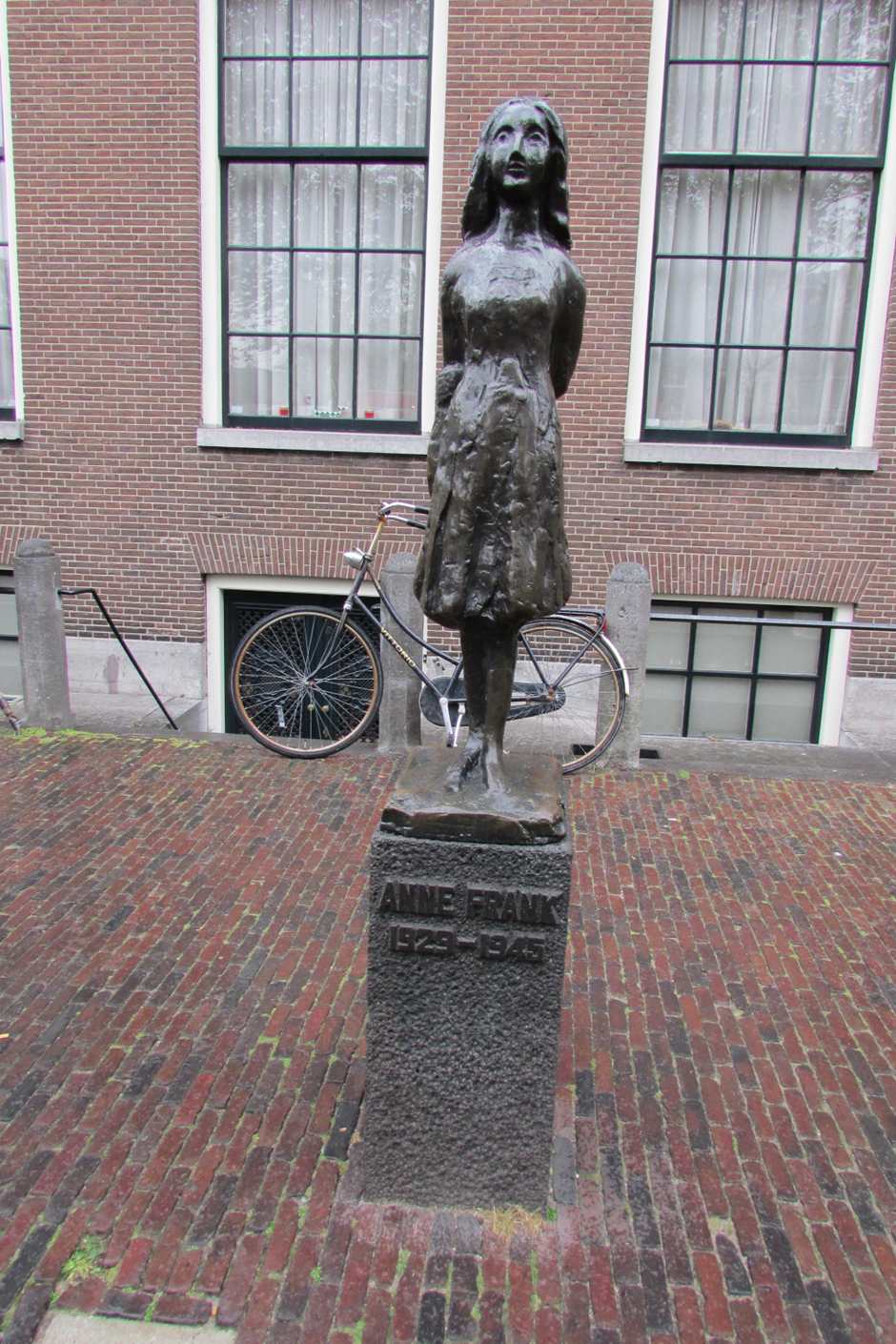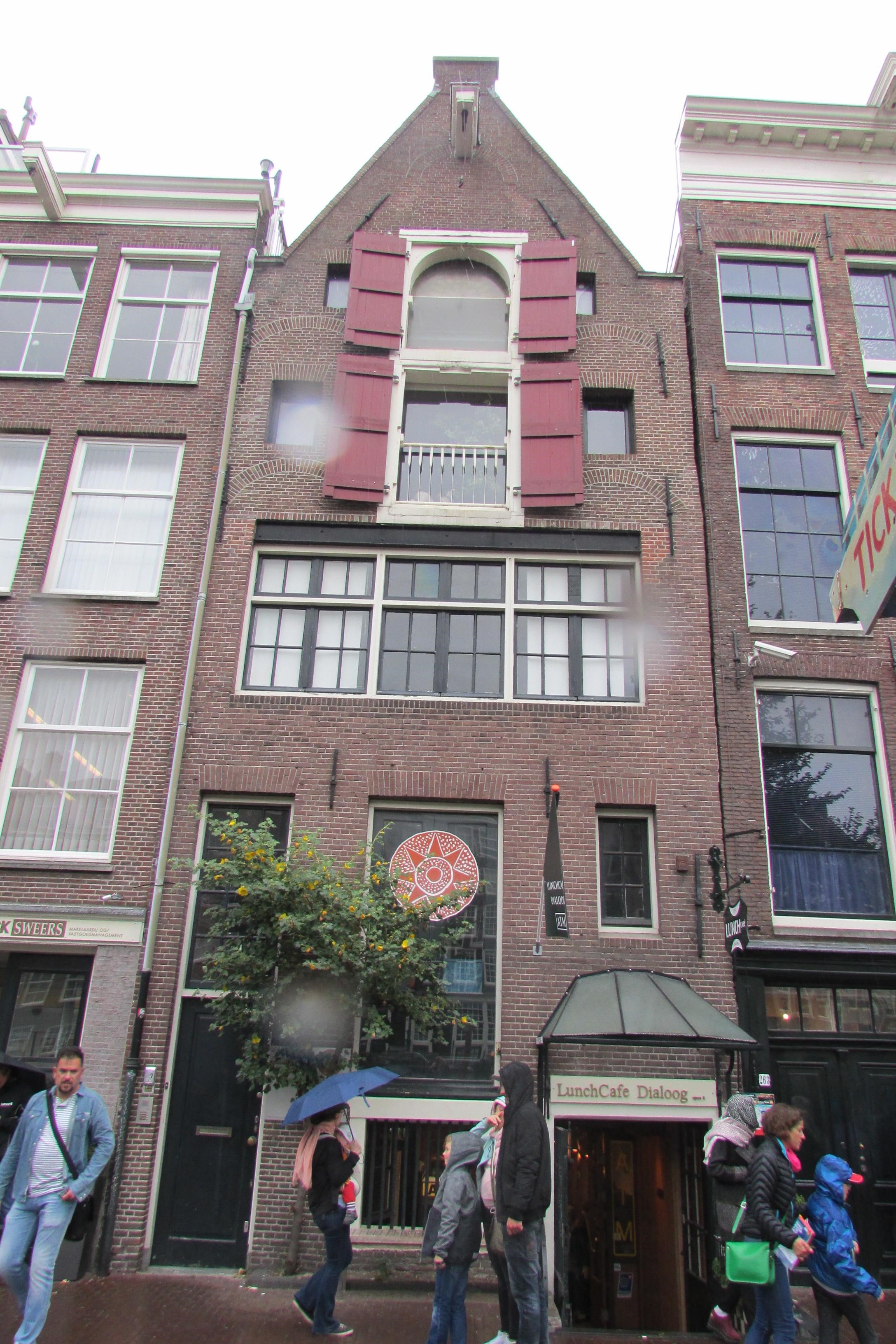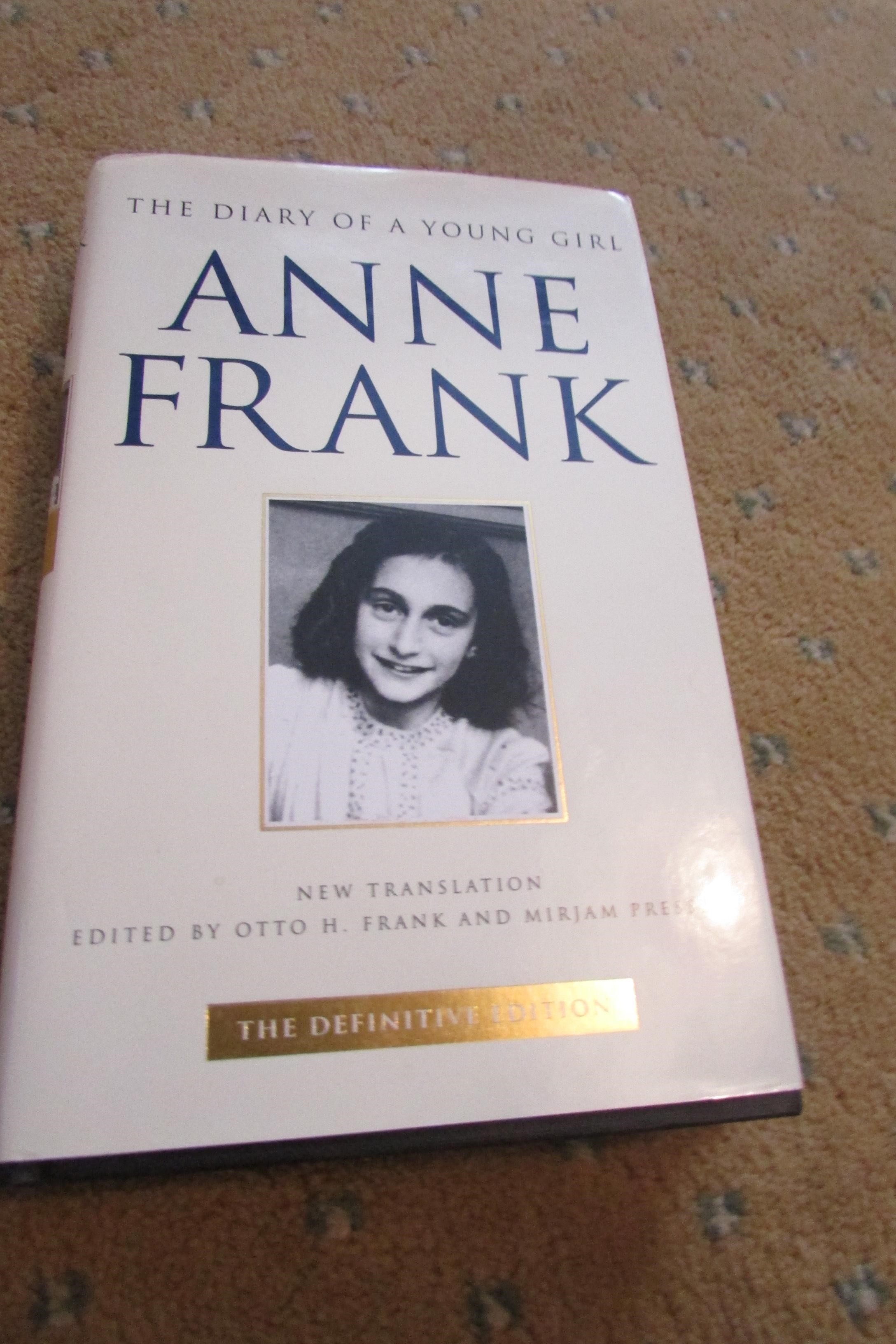
+1 234 567 8910
The Diary of a Young Girl
by Anne Frank

It is 75 years this month since the Diary of Anne Frank was published. Since then it has been translated into around 70 different languages and been read by millions of people. It is a book I first read when I was about the same age as Anne when she started to write her diary – 13 years, but it is one that I have revisited on numerous occasions.
For her 13th birthday, Anne received a red checked notebook. She was to use this as a diary, recording her innermost thoughts, and the image of that book was to become world famous. At the time, Anne and her family were living in the Netherlands under German Occupation. They were forced to wear a yellow star of David to identify them as Jewish and life was becoming increasingly difficult and dangerous. On the 5th July 1942, Anne’s sister Margot received official papers calling for her to go to a labour camp. Suspicious of this, Anne’s parents decided that it was time for the family to go into hiding. They left their home and cat, taking only what they could wear or carry and set off to Prinsengracht 263, the warehouse where Otto Frank worked. Here they were hurried up the stairs and through a door hidden by a bookcase, into the ‘Secret Annexe’. They were to be joined by another family and a single man.
Anne’s Diary was to become a first hand account of an ordinary teenage girl living in extraordinary circumstances and documents the life of the Annexe occupants from 1942 to 1944. It describes the constant fear of discovery, the daily frustrations of living in cramped conditions with virtual strangers, the boredom and the loneliness and the turbulent emotions of a child becoming a young woman. Constant hunger, the necessity of remaining silent through the day and the unrelenting boredom of life is detailed, along with the brighter, happier moments and the gratitude for those who helped the family to hide, despite putting their own lives in danger should the occupants be discovered.
It is a remarkable account and one that I strongly believe should be read by everyone at least once in their lifetime. Anne shows a maturity beyond her years with her thoughts and her desires to make the world a better place. Her time in the Annexe was to end abruptly when a betrayal led to the discovery and the arrest of all the occupants on August 4th 1944. Despite the building having been searched on previous occasions, this time their captors knew exactly where to look, walking up to the bookcase and pulling on it to reveal the hidden staircase behind that led up to the secret rooms. The Frank family were sent to Auschwitz- Birkenau concentration camp with Anne and Margot later being moved to Bergen-Belsen where they were both to die after contracting typhus. Anne died in February 1945 just a few months before her 16th birthday.
After their arrest and removal from the warehouse, one of their helpers went up to the Annexe and found Anne’s precious diary scattered across the floor. With incredible foresight, she scooped up the papers, stuffing them into Anne’s briefcase to be kept for her when she returned. Sadly there was to be only one survivor from the Annexe family – Otto Frank, Anne’s father. After his release, he returned to the Netherlands where he was told the rest of his family had perished along with all the other occupants. Anne’s Diary was given to him and published as The Diary of a Young Girl – a lasting testament to the courage of Anne and perhaps the most famous account of life for a young person living under the Nazi regime.

In 1960 the Secret Annexe was opened as the Anne Frank House – a place that people could visit, to learn more about Anne and her family and to gain a greater understanding of the prejudice that exists in our world. Otto Frank was determined to spread the message that although we cannot change what has happened in the past, we can learn from it and by preserving their hiding place, we can understand what discrimination and persecution meant for innocent people at the time. It continues to raise awareness of antisemitism, racism and discrimination whilst highlighting the importance of freedom, equal rights and democracy.

It was a dream of mine to visit the Secret Annexe one day and I am pleased to say I made it – twice! The queues are horrendous but I refused to be put off and waited patiently until it was my turn to enter. As I walked up the stairs and approached the wall with the bookcase attached, I could hear Anne’s words echoing in my head. The first time we went, many years ago, the bookcase was pulled open for us and we climbed the steep stairs immediately in front of us. It was quite an emotional moment – knowing that I was following in the same steps that Anne and her family had taken and being hit by a small understanding of how they must have felt that very first time. Entering the rooms, I was struck by how small their existence has been for such a long time. Sadly, there is nothing there anymore, no furniture or memorabilia apart from a few pictures stuck to the wall in what had been Anne’s room. Her father had pasted them there in an effort to make it seem more homely for his young daughter and they include one of a young Princess Elizabeth and her sister Margaret which I found particularly poignant. I would have liked to have spent more time there soaking up the atmosphere, thinking of Anne’s words and imagining the family as they would have been, but the pressure was on to keep moving so that all those wanting to visit got entry. The original diary was available to see on my first visit but was replaced with a replica on my second.

We walked the streets outside after our visit, listening to the sound of the church bells that Anne wrote about and looking for the tree that she could see through a small gap in the attic window and I breathed in the memory of Anne, Margot, Otto and the other occupants of the Secret Annexe. It was a time that I will never forget and had a profound effect on me, but having read her diary so many times, I felt that I knew Anne and I understood her so I suppose it wasn’t that surprising.
If you haven’t read the Diary then please do and if you already have, give it another look. Anne’s is a story that needs to be remembered. If we forget what has happened in the past, how can we prevent it from happening again?